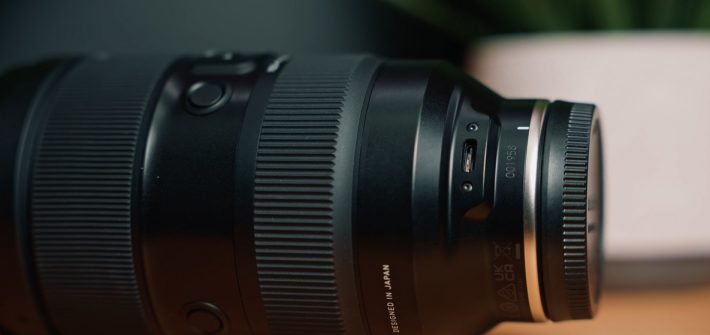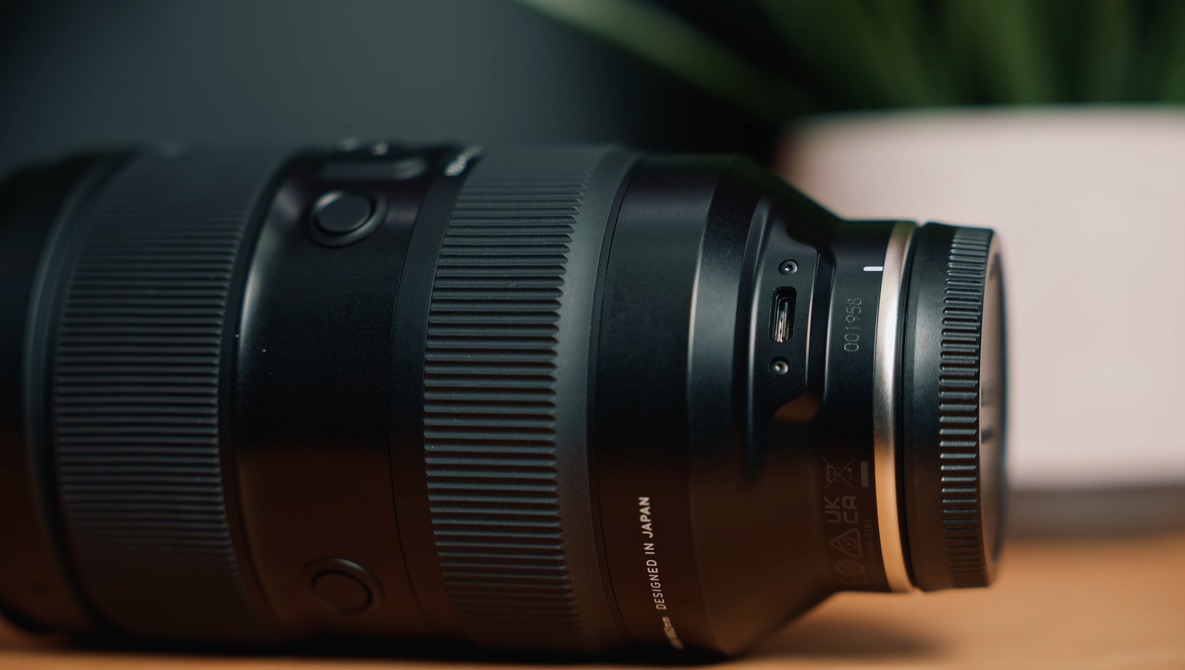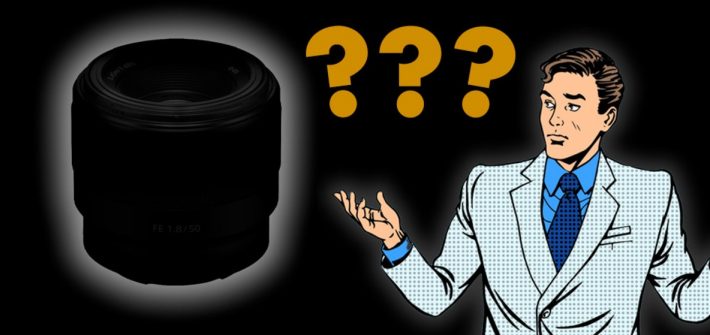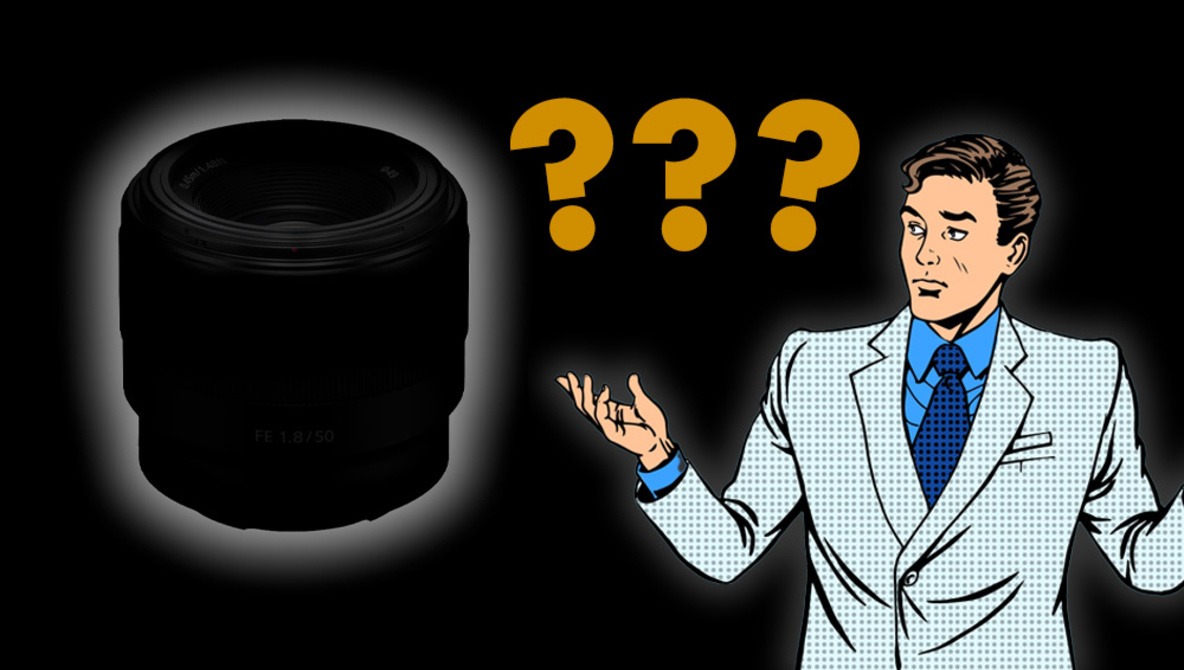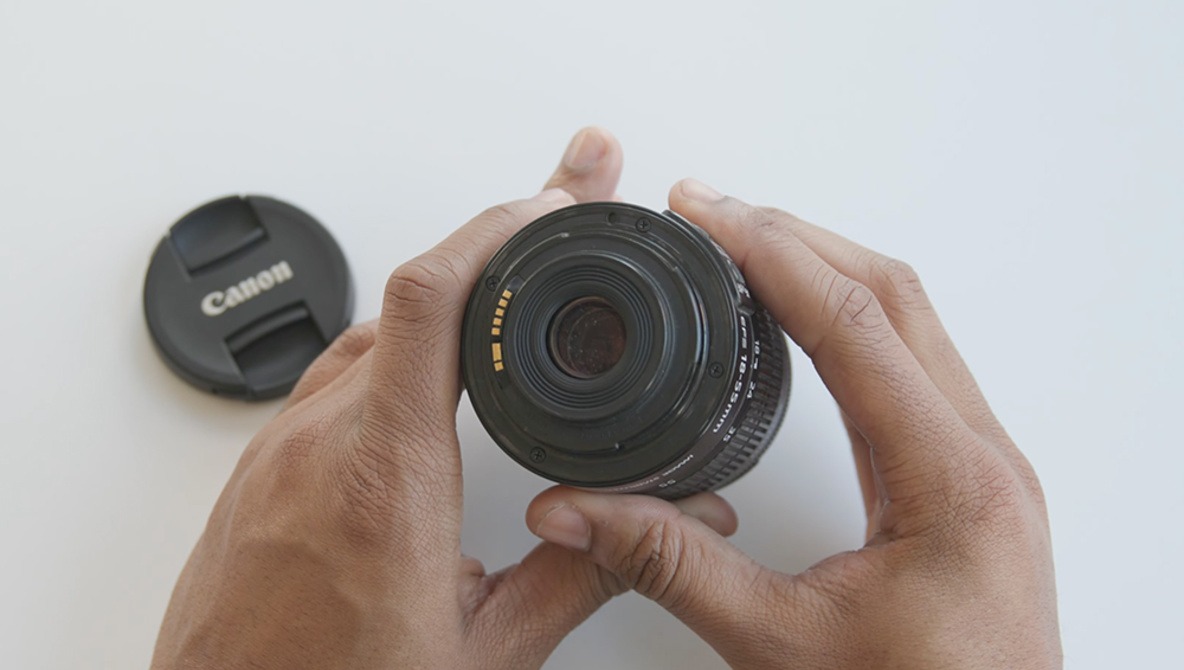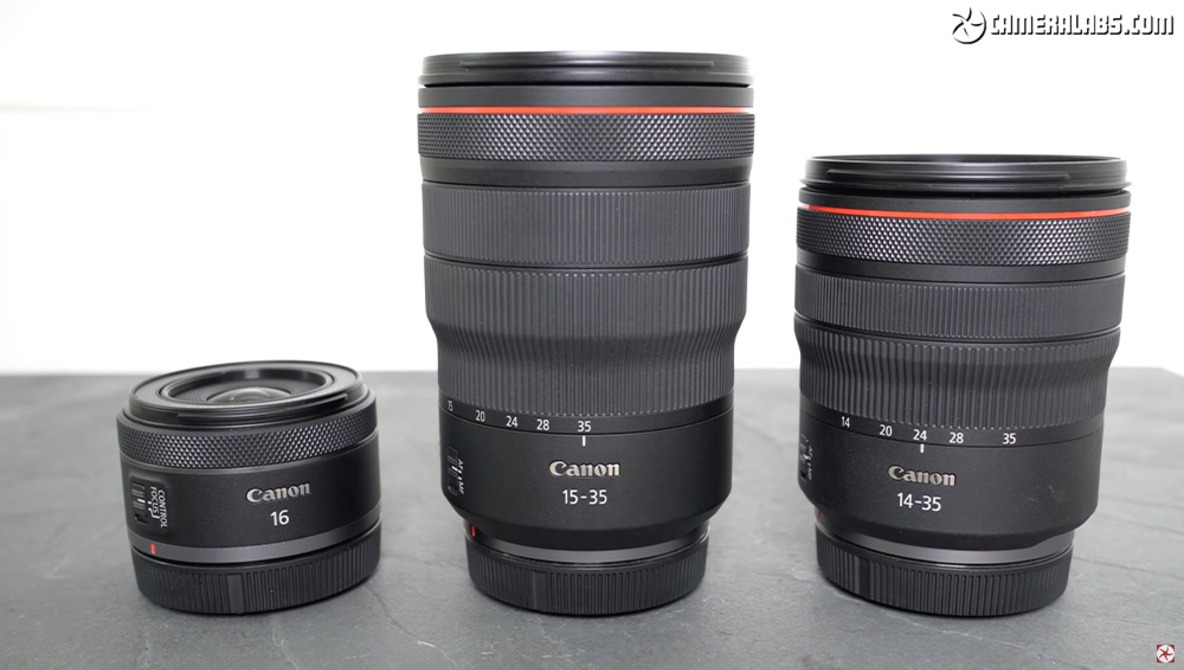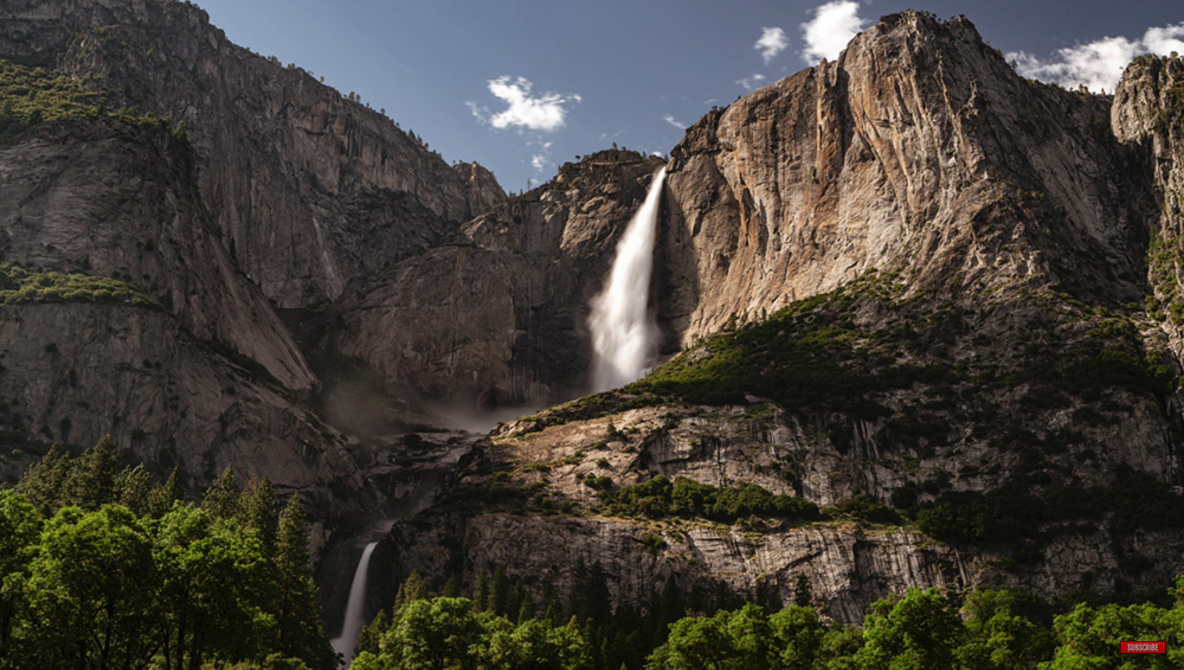If there’s one area of photography that has stagnated with regards to improved tech, it’s lenses. That isn’t to say they haven’t improved, but by nowhere near the rate at which cameras have. Perhaps that’s about to change.
lenses
9 Things You Should Check Before Purchasing a Used Lens
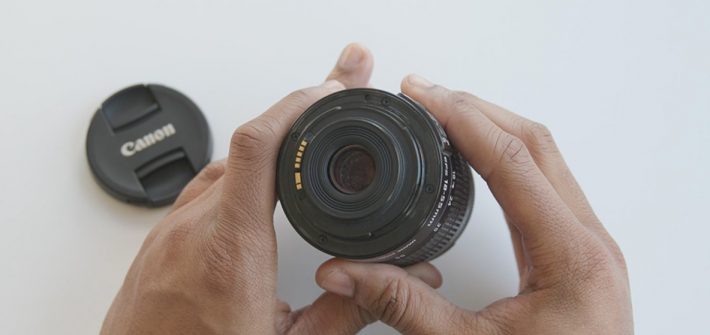
The used market is always full of lenses, and given how well many photographers take care of their gear, you can often save a fair bit of money and still get a quality lens by purchasing preowned. There are a few things you should check before you agree to buy that lens you are eyeing, though, and this quick and helpful video tutorial will take you through them all to make sure you are not wasting your money.
Which Canon Wide Angle Lens Is Right for You?
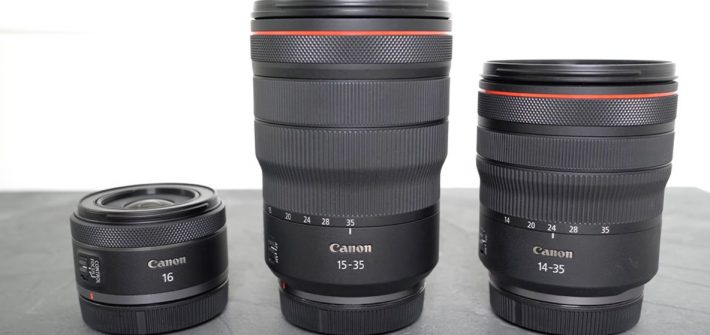
A good wide angle lens can be tremendously useful for a range of photography genres, and Canon shooters have a few options from which to choose, with varying image quality, specs, and, of course, price. The excellent video comparison takes a look at three such lenses, the RF 14-35mm f/4 L IS USM, RF 15-35mm f/2.8 L IS USM, and RF 16mm f/2.8 STM.
The Winners and Losers of Photography in 2021
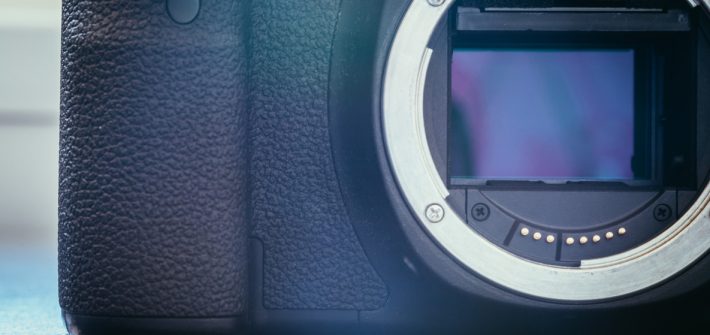
Do you think you have your finger on the pulse of the photography industry? Who still holds the title for most used cameras: Canon, Nikon, or Sony? What lenses are the top 3 most used lenses? Which specialty of photographers make the most money and which make the least? What genre of photography took the biggest losses during the pandemic?
How a Dry Cabinet Can Protect Your Cameras and Lenses
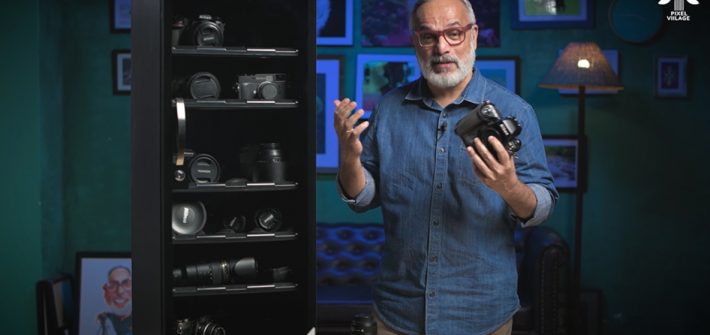
If you live in a particularly humid environment, you might not think about all that moisture very often, but it can cause some serious damage to your cameras and lenses in the long-term. If you live in such an area, a dry cabinet can protect your gear, and this excellent video will show you both how they are used and why they are beneficial.
Does This $73 Lens Produce Reasonable Images?

Normally, lenses with wide maximum apertures, such as f/1.4, sit at the expensive end of the spectrum, costing anywhere from several hundred to multiple thousands of dollars. And so, a new 35mm f/1.4 lens that costs just $73 is sure to turn some heads, but can it actually turn in decent images? This excellent video review takes a look at the TTArtisan 35mm f/1.4 to answer that question.
Who Makes the Best 85mm Lens? Samyang, Sony, or Sigma?

An 85mm lens with a wide maximum aperture is the tool of choice for countless portrait and wedding photographers, offering a classic, flattering focal length in tandem with shallow depth of field and plenty of low-light capabilities. Such lenses run a wide gamut of prices, however. This excellent video comparison takes a look at three options with a $1,000 price difference between them, the Samyang AF 85mm f/1.4 FE II, Sony FE 85mm f/1.4 GM, and Sigma 85mm f/1.4 DG DN Art.
The Essential Zoom Lenses for Landscape Photography

When it comes to landscape photography, you can certainly use prime lenses, but most professionals prefer the versatility and convenience of a zoom lens. So, what are the essential zoom lenses for a landscape photographer? This excellent video tutorial features an experienced landscape shooter discussing the three essential zoom lenses for the genre.
